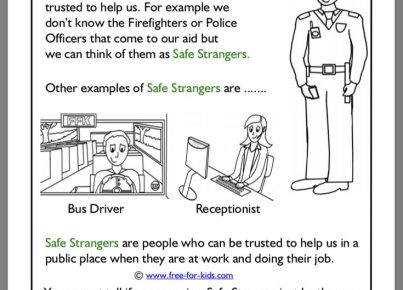Mindfulness has become an essential part of many people’s lives and is increasingly being integrated into educational settings. Bringing mindfulness into the classroom can have profound benefits for students, including improved focus, better emotional regulation, and a more compassionate classroom environment. Here are 18 amazing mindfulness activities suitable for the classroom:
1. Mindful Breathing – Students focus on their breathing, noticing the rise and fall of their chests or the air moving in and out of their nostrils.
2. Body Scan Meditation – Sitting comfortably, students close their eyes and pay attention to different parts of their bodies in sequence from head to toe.
3. Listen to the Bell – A bell or chime is rung, and students listen carefully until they can no longer hear the sound.
4. Mindful Eating – Students eat a small piece of food like a raisin or a piece of chocolate slowly, engaging all their senses to fully experience the flavors.
5. Sensory Observation – Students use their senses to observe details about an object, like a stone or leaf, noting texture, color, smell, etc.
6. Mindful Walking – Walking slowly and with intention around the classroom or outside, students stay focused on the movement of their feet and the sensations they feel.
7. Guided Imagery – The teacher leads students through a peaceful story or scene, encouraging them to visualize it in detail in their minds.
8. Thought Clouds – Students sit quietly and imagine their thoughts as clouds passing by in the sky without getting attached to any particular one.
9. Gratitude Moments – Starting or ending class with a few minutes where students reflect on and share something they are grateful for that day.
10. The Feelings Barometer – Students check in with themselves about how they’re feeling at that moment and maybe share it with the class if they’re comfortable.
11. Heartbeat Exercise – After physical activity, students place a hand on their hearts and notice their heartbeat; this helps them connect with their body’s responses.
12. Yoga Poses – Simple yoga poses can help students become more aware of their bodies while also releasing physical tension.
13. Coloring Mandalas – Coloring intricate mandala patterns can be a meditative activity promoting concentration and relaxation.
14. Mindful Listening – Students pair up and practice listening to each other without interrupting or planning what they’ll say next.
15. Silent Time – A short period of silence during which students can sit quietly with their own thoughts without any task assigned.
16. Kindness Meditation – Students close their eyes and send kind thoughts to people in their lives, starting with themselves and expanding outward.
17. Name Your Emotions – This exercise encourages kids to name their current emotions as a way to acknowledge and understand them better.
18. The ‘What’s Good’ Journal – Keeping a journal where students regularly record positive experiences or things that went well during their day or week.
Integrating these mindfulness practices into everyday learning can help students develop valuable life skills that translate beyond academics into peaceful personal development and interactions with others.





